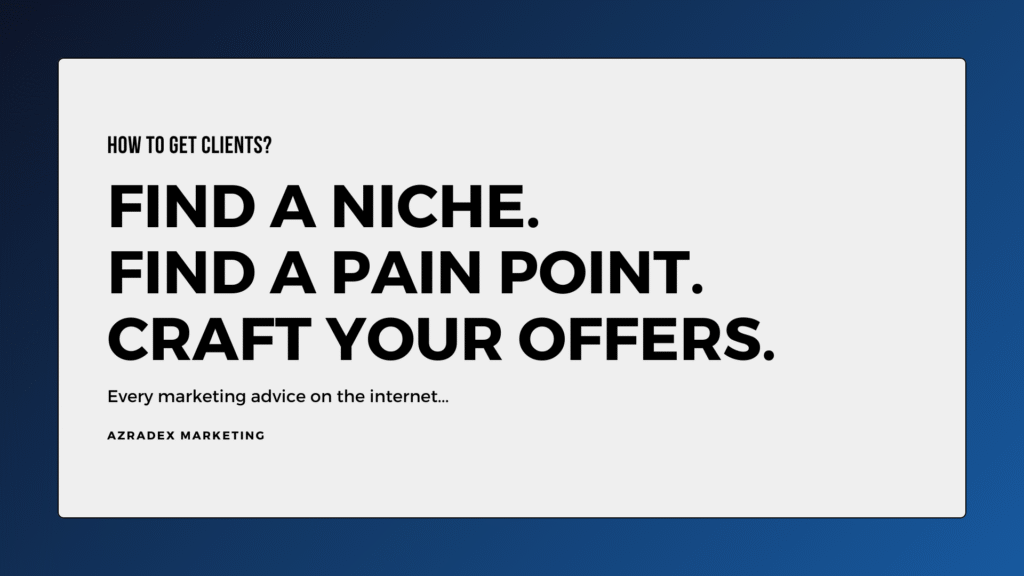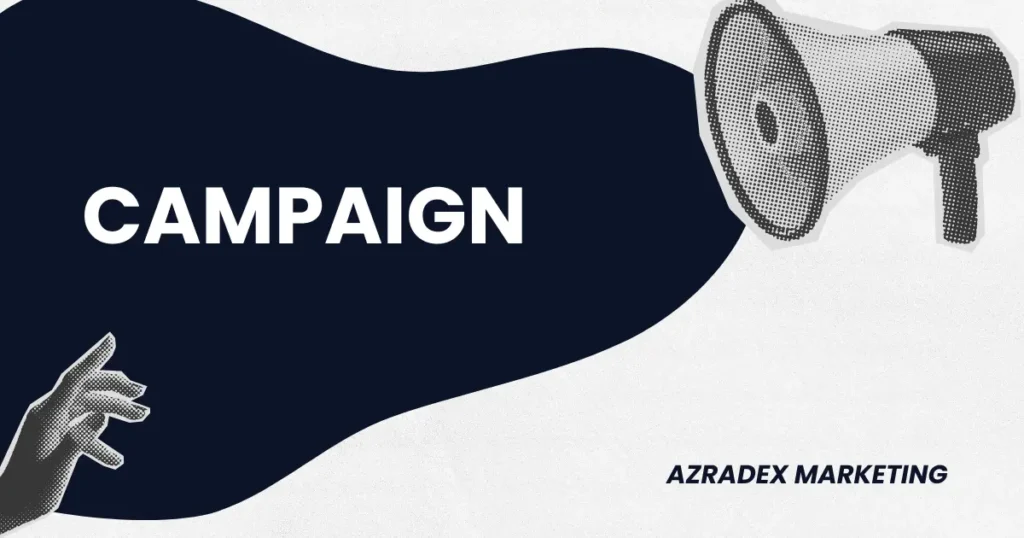At some point, you probably Googled “how to get clients.”
And you know what the internet tells you every single time:
Find a niche. Find a pain point. Craft your offers.

Sounds simple, right?
Except when you sit down to actually do it, it feels like solving a riddle with half the clues missing.
I have been there. Staring at the screen, wondering what on earth I was supposed to do with that advice.
If you are a small business owner trying to grow, you know the feeling. Drowning in generic “marketing advice” that never actually tells you what to do next.
That is why I wrote this. In the next few minutes, I will break it down so simply that a third grader could understand.
A Marketer’s Toolbox
Most marketing advice online looks useful on the surface, but it’s designed to keep you stuck.
Sure, you’ll learn what a niche is. You’ll hear what a pain point is. But the way they explain it?
Shallow. Vague. Useless.
And that’s the real pain point. They want you confused enough to come back begging for the next step.
But here’s the truth nobody tells you: three concepts are missing from your marketing toolbox. Without them, all the “find a pain point” advice will lead you in circles.
- Audiences
- Offers
- Campaigns
Until you understand these three, you’ll always feel lost—chasing random pain points, never seeing how it all connects.

Campaign: the system you use to deliver that offer. Ads, emails, flyers, Instagram posts—it doesn’t matter. What matters is the structure.

Audience: the group of people in the market you serve. One niche can hold dozens of different audiences, each with its own needs.

Offer: the message you craft for that audience—the pitch that makes your product or service matter to them.
This is the real toolbox. Everything else is just noise.
Example Campaigns
Now that you know the missing tools, let’s see how they work in real life.
Imagine you’re a personal trainer. You could walk up to random people at the gym and ask, “What’s your goal?” But that’s not a campaign—that’s guesswork.
Instead, let’s build two campaigns, each focused on a specific audience.
Example 1: Software Engineers
The audience: software engineers.
Once the audience is set, the next step is clear—find their pain point.
What does a software engineer’s daily life look like?
I used to be one, so I know. But if you don’t, you’d go on a research spree:
- Search YouTube: “day in the life of a software engineer.”
- Look up Reddit threads.
- Check influencer comment sections.
In minutes, you’ll start seeing patterns. One jumps out fast: software engineers usually have terrible posture. It’s even called software posture.
That’s the pain point.
Why is it a problem?
- It’s unhealthy.
- It creates long-term spine issues.
- It looks unattractive.
Now the offer practically writes itself:
- “I help software engineers fix their posture and prevent long-term spine problems.”
- “I help software engineers correct inward shoulders and front-leaning necks so they can walk more confidently. You’ll feel the difference—guaranteed.”
One pain point. Multiple offers. All because you understood the audience first.
Example 2: Mid-Level Managers
Now, let’s look at mid-level managers.
If you’ve ever worked corporate—or even seen the memes—you know their reality: endless meetings, drained energy, awkward hours.
That’s their pain point.
So instead of asking, “What type of body do you want to build?” you could say:
- “I help mid-level managers regain energy for their after-work lives.”
- “I help mid-level managers fit in short, 30-minute workouts that recharge their energy.”
Two different offers. Same campaign structure. And just like that—you’ve turned pain points into strategy.
